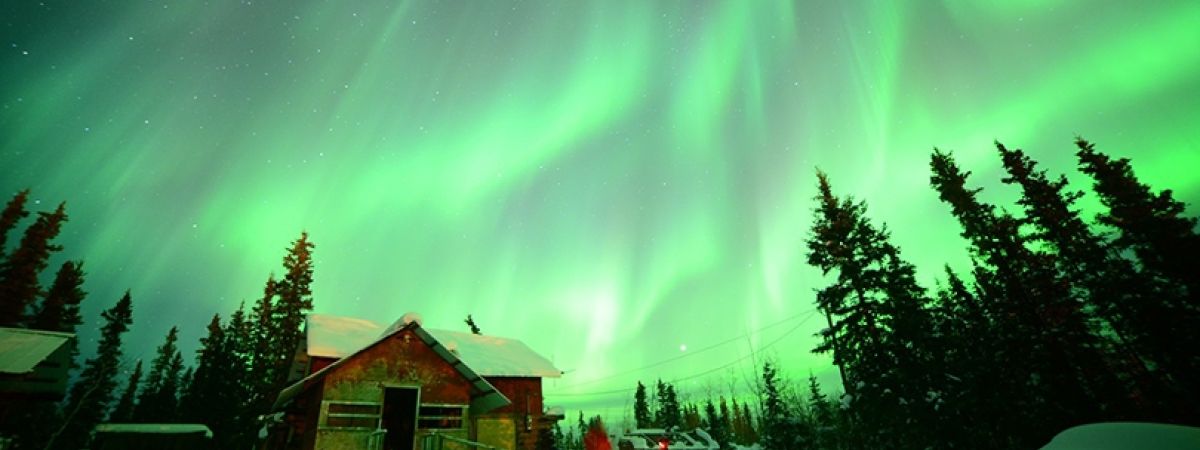
Aurora Borealis “The Northern Lights” – A Deep Look
Aurora borealis … A splendid luminous phenomenon that makes everyone dream. Like all natural events, aurora borealis are unpredictable. Yet there are places in the world where it is easier to see them. State of play from Lapland to Iceland, via Canada, Alaska, and Russia.”
What Is Aurora Borealis?
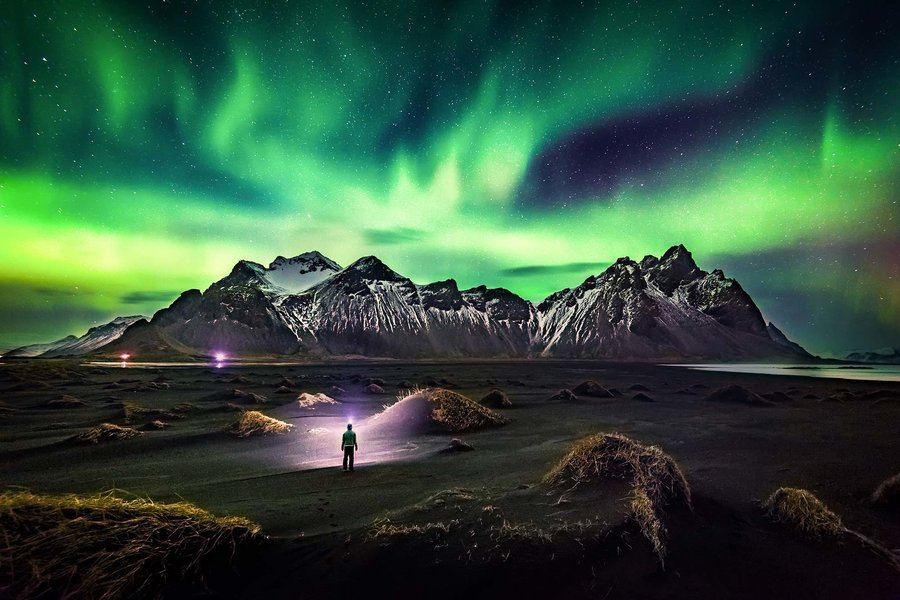
“Aurora” word comes from Latin meaning sunrise: it is also the name of the Roman goddess of dawn, and “Borealis” refers to the Greek name for the north wind.
The aurora borealis is part of the polar aurora family. There are northern lights that are only visible in the northern hemisphere, including Iceland, and southern lights that are only visible in the southern hemisphere. A polar aurora is characterized by colored trails dancing in the sky.
How Does It Occur?
According to scientists, this phenomenon is the result of the collision of energetically charged particles with atoms in a high-altitude atmosphere. This solar wind is then directed into the atmosphere by the Earth’s magnetic field.
A geomagnetic storm is an important part of the weather conditions of space. It is caused by a shock wave from the solar wind or magnetic field cloud. It is caused by the temporary magnetic disturbance in an interplanetary medium.
Magnetic storms are common during the solar cycle for 11 years, so the aurora borealis also evolves periodically. From 3 years during the cycle, magnetic storms are common.
What Colors Are In Aurora Borealis?
The northern and southern lights are most often fluorescent green, orange and purple with shades of red, pink, blue and yellow. These colors are created by the gases present in the air: a subtle mixture of oxygen and nitrogen.
Where Can One See It?
Aurora borealis is visible in the Nordic countries above latitude 60 ° N. Conversely, southern lights are visible below latitude 60 ° S.
Northern lights are easily visible from Alaska, Canada, Greenland, Iceland, Norway, Sweden, Finland and the northern part of Russia. During geomagnetic storms, the aurora borealis observation zone is larger and stronger: they are then visible at lower latitudes (as in the Baltic countries) but the aurora borealis zone is more active between 10 ° and 20 ° from the North Pole.
Why It Should Be In The Must-Visit List?
You will have to move away from the locality where you are to not undergo more light pollution. Maximize your chances of seeing polar aurora while enjoying a nice dark sky. If the moon is in the sky and is bright, it will slightly hinder the visibility of the weakest auroras.
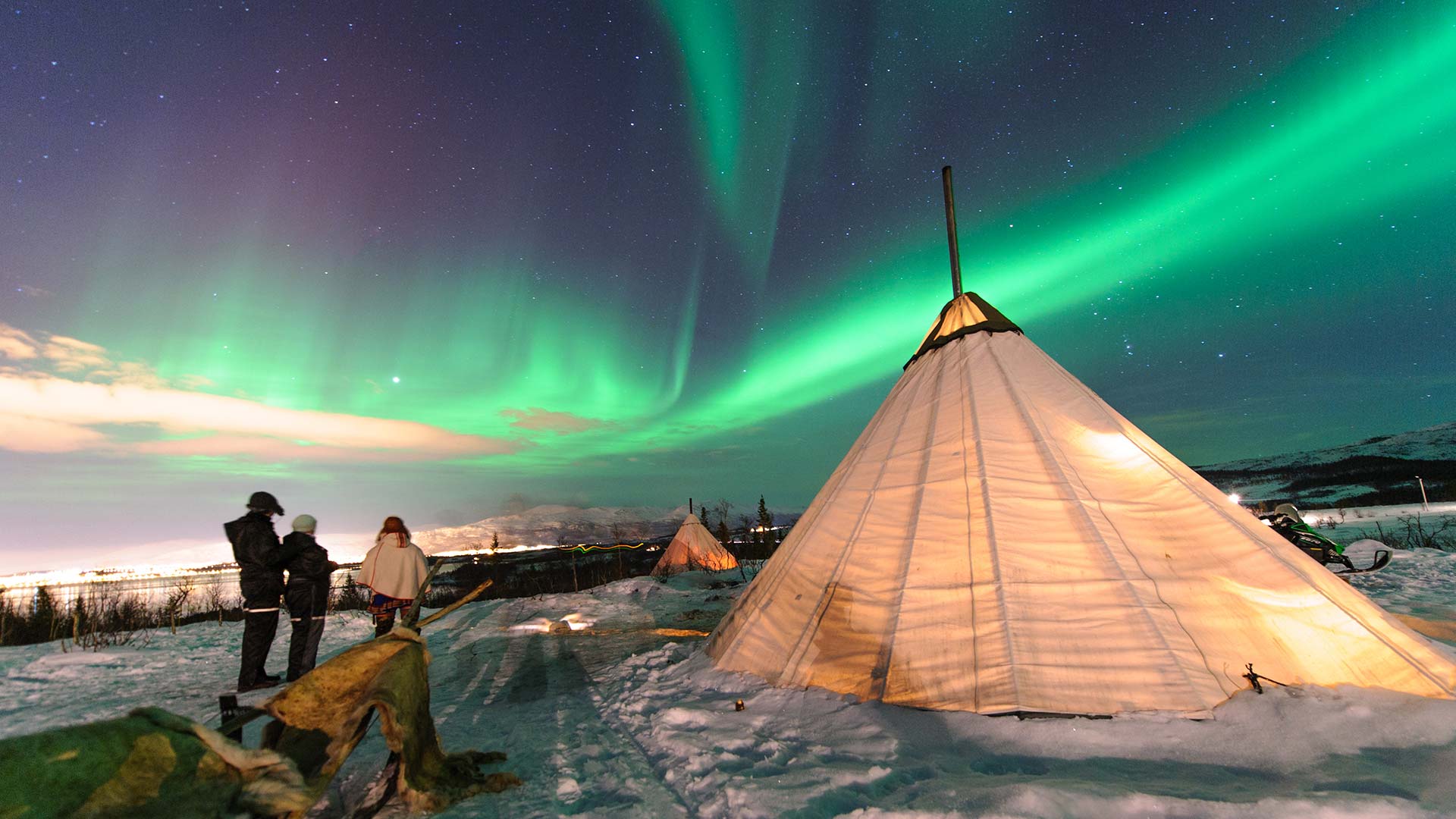
The weather is good? The sky is not cloudy? So cross your fingers, and wait. Look around you, dawn is coming soon!
Reminder: if you have a little space in your bags, take with you an insulating mat (foam, like gym mat). You can lie down and enjoy the sky without having to hurt your neck by sticking your head back. In addition, at ground level, the wind will be weaker than at the man’s height. Here you will find ideas of where to go according to your tastes (at the seaside along the Norwegian coast, tundra in Finnish lands, etc.) and ideas of road-trips.
The recommended observation period is from September 21st to March 21st, especially to the equinoxes, and ideally between 6 pm and 1 am.
If the winter months offer beautiful polar nights, snowstorms can spoil the show. In the same way, the clouds are rather troublesome for the observation: the sky must be cleared so that the aurora is well visible. So choose, according to your destination, the driest months. And, of course, it must be dark, so stay away from the pollutions of cities.
Do Sunspots Affect The Aurora Borealis?
Yes and no. The solar cycle refers to the number of spots on the surface of the sun. This cycle is 11 to 15 years old. When the sun is the most active and has many sunspots, it is the solar maximum. Conversely, when the number of sunspots is at its lowest, it is the solar minimum.
Aurora borealis is more intense and active around the solar maximum and within three to four years after this peak. During this period, they can be seen further south than usual because of the greater number of electrically charged particles reaching the Earth. However, polar auroras are not affected by these changes in solar activity. Thus, although it may be said that sunspots affect the appearance of auroras, this does not apply in regions located in the auroral ovals.
Are Animals Affected By Aurora Borealis?
It is common for dogs to fix the sky and bark during an aurora borealis. We can assume that the other animals also perceive them. Although we have no certainty, it is often reported that animals can feel things that often escape men. It is quite possible that some animals may feel the natural disturbance caused by an active aurora borealis.
Does Aurora Borealis Produce Sound?
Some people who are frequently exposed to the aurora borealis, particularly in Inuit communities, claim to have heard them produce a sound. Scientifically, it’s hard to prove, as the sound does not travel at the same speed as the light. The dawn is more than 100 km in the sky. If it emitted a sound, it should propagate at the speed of light, otherwise, it would be audible so long after the onset of dawn that you could not make a connection between the two events. Audio recordings of the aurora borealis have been attempted, with no results yet.
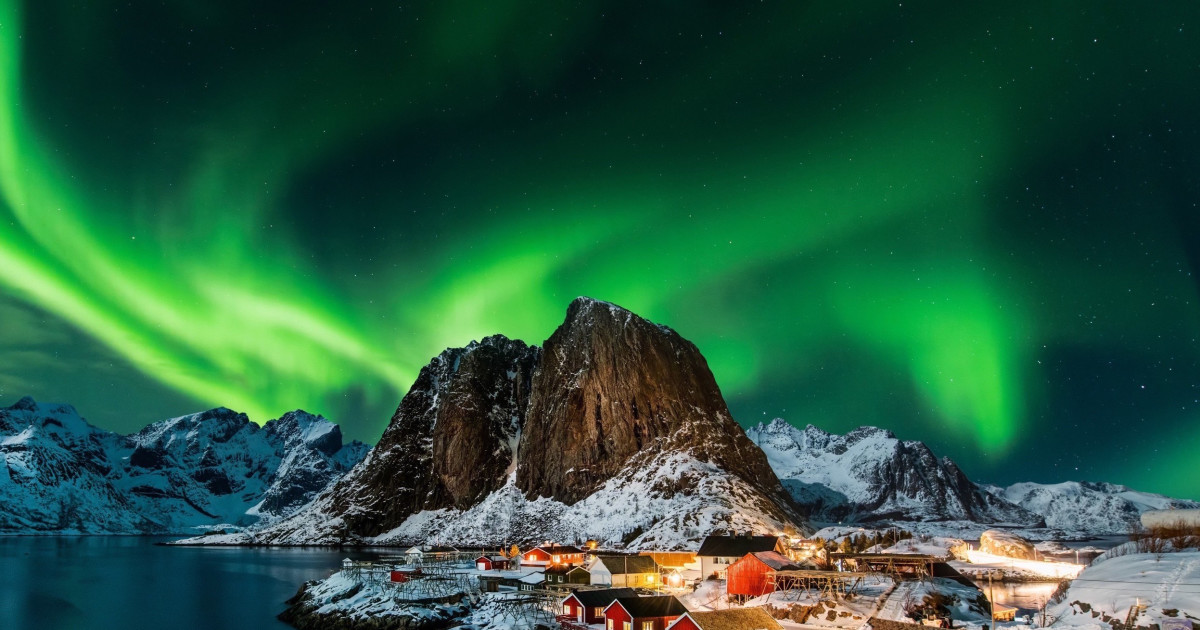
There are theories that state that aurora borealis electrical emissions can actually produce audible sound, but no evidence has been provided so far.
Does Moonlight Affect The Northern Lights?
It depends on the intensity of the aurora borealis. The moon can limit or even prevent their visibility when they are tenuous. Thus, in order to observe them without difficulty, it is advisable to travel during the new moon.
However, if you have the chance to witness a particularly bright aurora borealis, you will be able to contemplate it even during the full moon.
What Is The Difference Between Aurora Borealis And Aurora Australis?
The aurora borealis and the aurora Australis are mirror images of each other. When it is summer in the Arctic Circle and the aurora borealis is not visible, it is winter in Antarctica and the aurora Australis will be observable, and vice versa.
Aurora borealis are more popular with tourists because they are more easily accessible and the regions where they take place are more hospitable. In winter, the Antarctic continent is surrounded by a wide pack ice belt, making access very difficult. By comparison, the Norwegian coast, Alaska, northern Canada, southern Greenland, Iceland and the northern tip of Russia and Scandinavia are populated areas offering all kinds of opportunities for travelers wishing to admire the Northern Lights.
Are Aurora Borealis Visible From Space?
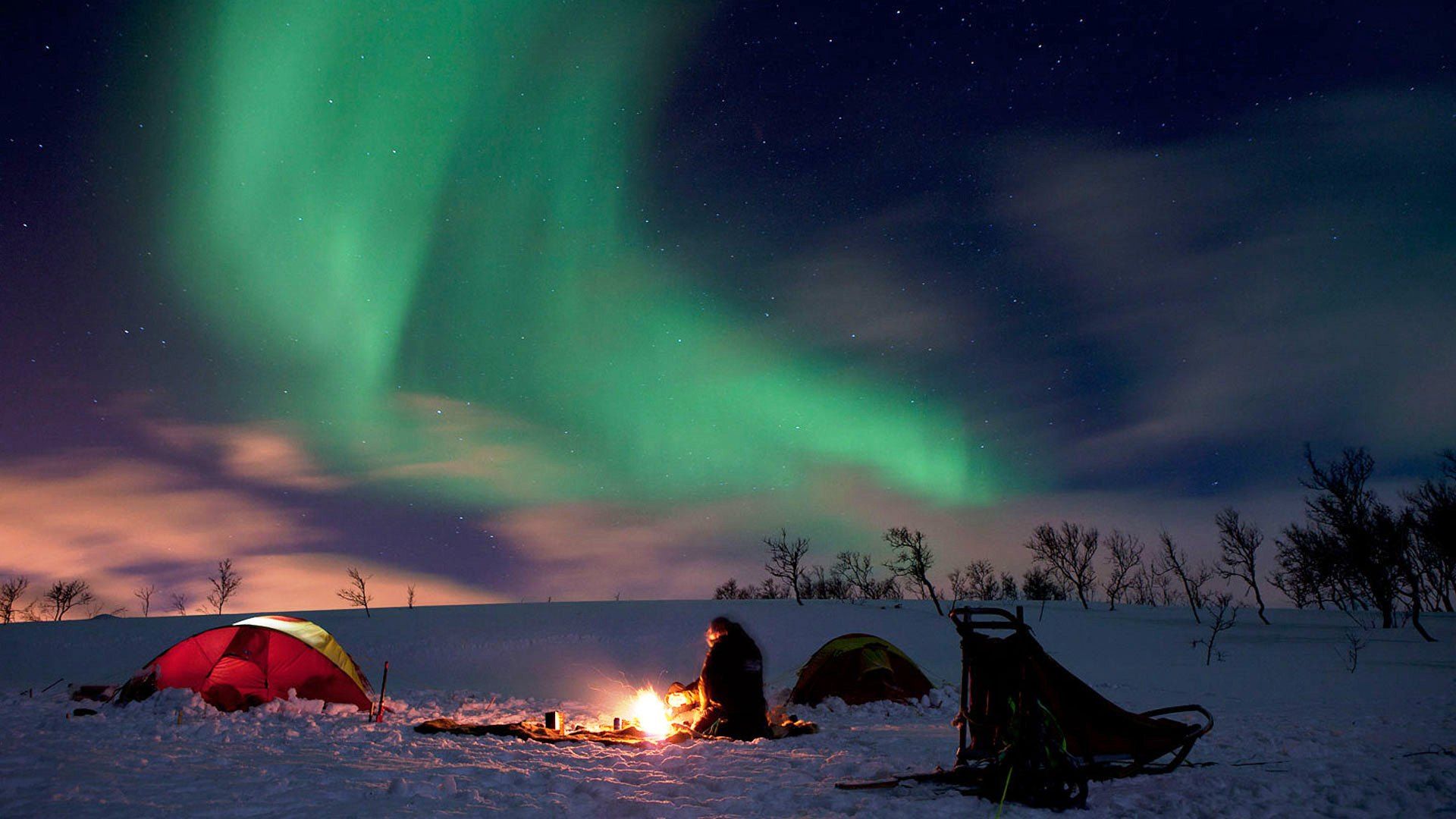
The northern and southern lights are both visible from space. Astronauts aboard the International Space Station can observe both types of the aurora as they travel around the globe. But, given space, the show is much less varied than on the mainland. Views of the Earth, the auroral structures unfold in the sky and change according to your distance from them. So from the ground, no aurora borealis resembles another. Which is not true seen from space.
This Phenomenon Is Observed On Other Planets?
There are auroral emissions on Mars, Jupiter, Saturn and, presumably, also on Uranus and Neptune. The auroras on Jupiter and Saturn produce infrared and ultraviolet emissions invisible to the naked eye, but we can observe them through specific cameras. These planets may also have visible auroras, but they would look nothing like the ones we have on Earth.
The phenomenon is also observed on Mars, but on a different mode from that of other planets. Unlike the Earth, Mars does not have a planetary magnetic field.
The auroras being subject to the planetary magnetic fields, the auroras on Mars do not appear in streaks like on our planet. They are much more localized and appear only above magnetic rocks located on the surface.
Does Aurora Borealis Present Any Danger?
The aurora borealis is so high in the atmosphere that they do not pose any danger to people watching from the ground.
By itself, dawn is not dangerous, but the electrically charged particles that are produced could have a detrimental effect on technological infrastructure and devices. The particles produce an electric current that reaches the ground. In particularly extreme circumstances, this could affect high-voltage lines, oil and gas pipelines, computer networks, and cloud systems. There could also be a risk for planes flying at very high altitudes. However, very few planes are able to fly so high, and even then, they would not stay in the danger zone long enough to actually run a risk.
Leave a Reply
You must be logged in to post a comment.